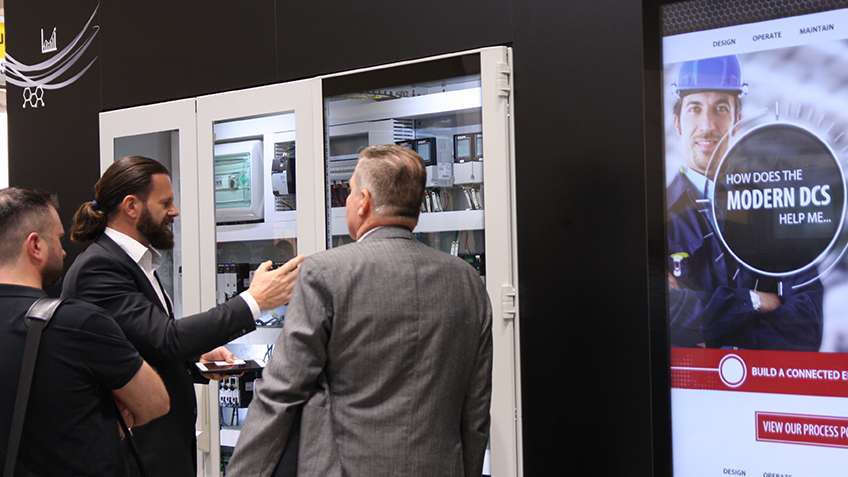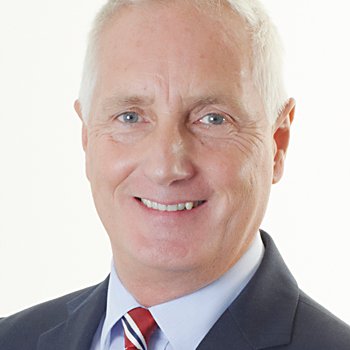Whether it is the wonderful view from your running route or a sensor telling you that it might be getting a bit dirty – or that the last 50 products have been slightly oversized versus the previous 50 – all data has an endpoint. It is what you do at this endpoint that adds the real value to the data you are collecting.
But you still need to be a bit choosy in what you go for. Everyone makes smart devices, but it’s how you can put these together and the simplicity with which you can do this that sets you apart – something that our customers are telling us that we have achieved.
In general, operational intelligence and the subsequent analytics can only be really useful if you use the right smart devices coupled to the right software.
As early computer practitioners extolled: garbage in = garbage out. Your aim should be to get the right information, analyse it using complementary software and then deliver it in a form that others downstream will find useful.
This approach to smart manufacturing is not something you should farm out to multiple companies – otherwise you will end up with multiple platforms, multiple protocols and multiple conflicts.
A true holistic approach sits on one platform, over one network and can be designed, programmed and controlled in one environment.
If I have piqued your interest, why not join us at the SPS IPC Drives event 27-29 November 2018 in Nuremberg, Germany, in hall 9 at stand 205?
You’ll be able to see much of what I have discussed in action. Even if you leave our stand with just an idea or action plan on how to smarten up your operations, half of our job is done. And we can certainly help you with the other half.
Co-authored by Michael Mueller Field Business Leader DACH Power and Components, Rockwell Automation


